C. Diff stands for the bacterium Clostridioides difficile, which is harmful to the human body in specific cases. A distinction is made between non-toxin-producing and toxin-producing strains. The pathogen is a gram-positive bacterium that can cause intestinal infection and diarrhea. Symptoms may vary in severity. C.difficile is associated with complications of antibiotic therapy. Infections often occur in hospitalized patients.
The C. diff bacterium can be transmitted in various ways, increasing the spread of disease. In addition, the bacterium is resistant to some protective measures. C. diff infections usually have a mild course, but the illness can sometimes be severe and dangerous, causing complications. Diagnosis is based on laboratory tests. Treatment in the first instance involves discontinuing the antibiotic during which the symptoms occurred. Severe cases, however, require specialized therapy.
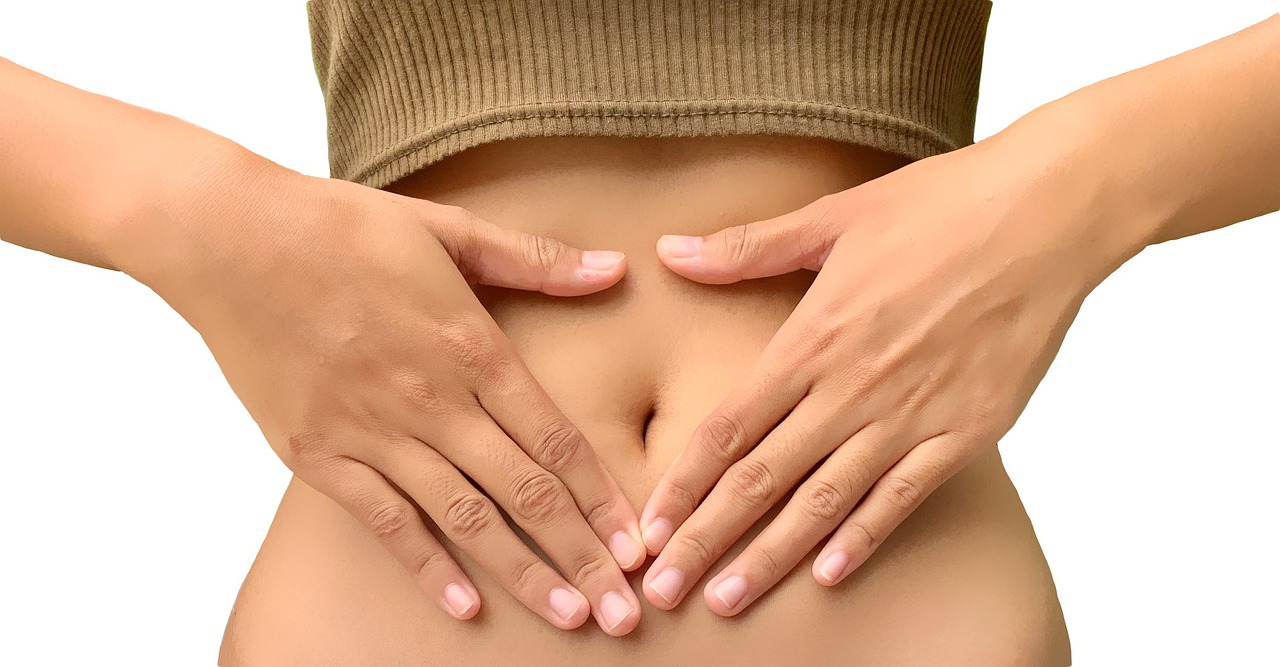
C. Diff is an anaerobic bacillus that produces toxins that harm humans. Strains of Clostridium difficile bacteria can be found in the natural environment. The bacteria resist high temperatures, as their growth occurs at around 37 degrees Celsius. Several classes of antibiotics are considered to be the cause of the disease. These include penicillin![]() , one of the most commonly used drugs, among others.
, one of the most commonly used drugs, among others.
However, there are also different risk factors associated with C. diff infection. They are usually related to health problems and poor patient conditions. This is why Clostridium difficile infections very often occur in hospital![]() settings. Infection with this type of bacteria can spread in various ways, which include:
settings. Infection with this type of bacteria can spread in various ways, which include:
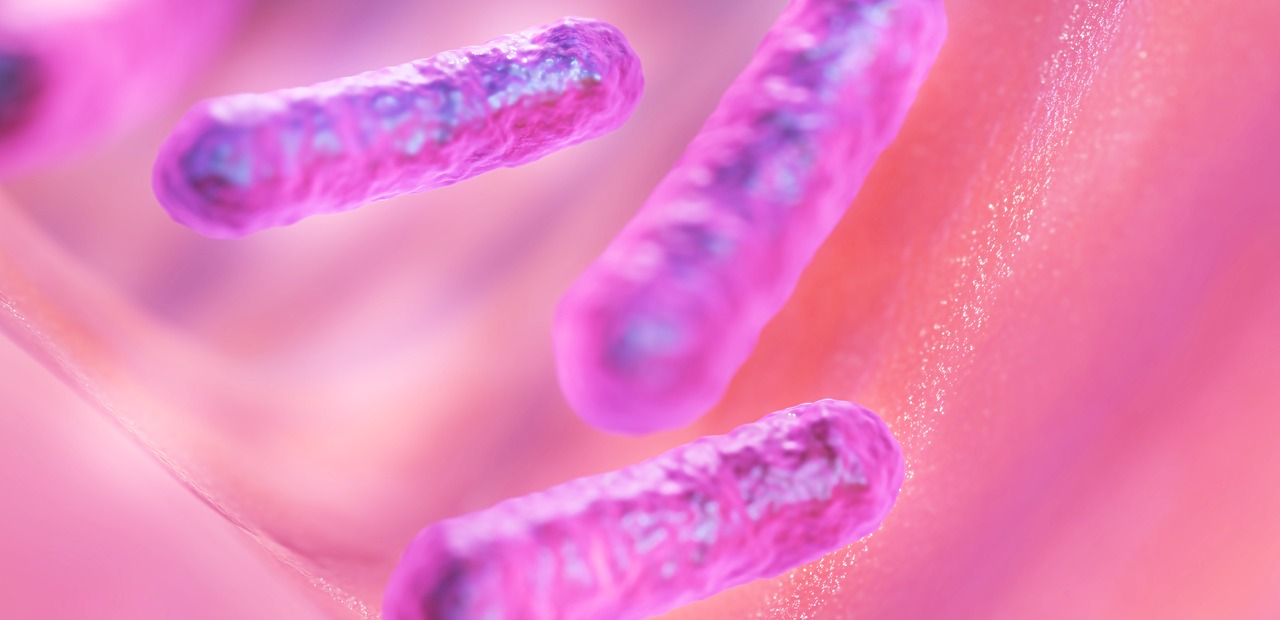
Bacillus particles spread rapidly in the human gastrointestinal tract. Most transmission of the C.difficile pathogen occurs via the fecal-oral route![]() , which is closely related to inadequate hygiene. Asymptomatic patients unaware of the transmission of infection may also be potential reservoirs of C.difficile. Clostridium difficile bacteria can colonize both adults and infants. The highest risk of transmission of these bacterial strains is in hospitals and medical facilities.
, which is closely related to inadequate hygiene. Asymptomatic patients unaware of the transmission of infection may also be potential reservoirs of C.difficile. Clostridium difficile bacteria can colonize both adults and infants. The highest risk of transmission of these bacterial strains is in hospitals and medical facilities.
C.difficile can also be transmitted through contaminated equipment and various everyday objects. Infections can occur in hospitals if healthcare workers do not provide exceptional care. Safety precautions must be followed in hospitals, including patient isolation and disinfection, so the number of C. diff infections does not increase.
Strains of Clostridium difficile can be found in the natural environment, including soil, air, and water. The natural environment is a secondary habitat for the bacteria. However, with inadequate hygiene, contamination can occur through contact with contaminated soil or compost. Therefore, the bacteria can enter the body through contaminated food. It is also likely that C. diff bacteria can be transmitted through the air. It has been noted that C.difficile also resides in vents and on high surfaces in clinical facilities.
The C.difficile bacterium is not only found in the human digestive tract. Animals can also be carriers, as the bacterium inhabits the digestive tract of dogs, cats, pigs, and birds. When Clostridium difficile overgrows and forms spores, symptoms may appear in pets. Under unfavorable conditions, C.difficile can be transmitted from animal to human.
C. diff bacteria colonize the large intestine. In healthy, immunocompetent individuals, the presence of the bacteria is asymptomatic![]() . Such individuals are then carriers and pose a risk of spreading the bacteria. An asymptomatic course is very often observed in newborns. Symptoms are caused by toxins such as clostridial glycosylation exotoxin
. Such individuals are then carriers and pose a risk of spreading the bacteria. An asymptomatic course is very often observed in newborns. Symptoms are caused by toxins such as clostridial glycosylation exotoxin![]() . The intensity of C. diff infection symptoms can vary from mild to severe. Symptoms include:
. The intensity of C. diff infection symptoms can vary from mild to severe. Symptoms include:

In the course of C. diff infection, diarrhea is mainly observed, which is watery and often combined with mucus or occult blood. Watery diarrhea means the excretion of stools with an excessively loose consistency. The consistency can be of various intensities, from semi-liquid to liquid to watery. Increased frequency of bowel movements is also characteristic, and the amount of bowel movements concerns the individual. Diarrhea can be of various intensities; the accompanying additional symptoms also depend on the case. Where diarrhea results in widespread, watery bowel movements, dehydration![]() can occur.
can occur.
Nausea causing vomiting may be an accompanying symptom. Unpleasant symptoms can also cause anorexia![]() . Patients feel unwell, and their bodies are generally weakened and overtired. The occurrence of additional symptoms and the patient's general condition may vary from case to case. Nausea is an easily identifiable symptom that means discomfort in the stomach and feeling the need to vomit. There is often pale skin, increased sweating, reduced blood pressure, and dizziness with nausea.
. Patients feel unwell, and their bodies are generally weakened and overtired. The occurrence of additional symptoms and the patient's general condition may vary from case to case. Nausea is an easily identifiable symptom that means discomfort in the stomach and feeling the need to vomit. There is often pale skin, increased sweating, reduced blood pressure, and dizziness with nausea.
A mild fever or sub-febrile state may occur during a C. diff infection. High fevers are also observed in more severe cases but happen less frequently. Persistent fever and diarrhea in C.difficile infection increase the risk of dehydration. A sub-febrile state in children and adults results in an elevated body temperature that does not exceed 38℃. Increased body temperature is a natural process that activates during various types of infection.

Various types of abdominal pain often accompany diarrhea in C.difficile infection. In some more severe cases in patients, the disease develops intensely, causing diffuse abdominal pain and abdominal bloating. Flatulence is a specific symptom of fullness in the abdominal cavity that most often occurs after eating. However, the abdomen may be bloated in cases of C. diff infection. It is due to a disturbance of intestinal motility during the infection.
Hypovolemia is when too little blood is in the body's vascular areas, causing cardiovascular dysfunction. It is dangerous in acute and very intense cases of C. diff. Infections. Thus, this condition can cause septicemia![]() , colonic dilatation
, colonic dilatation![]() , and bowel perforation with peritonitis
, and bowel perforation with peritonitis![]() .
.
These conditions are complications of severe cases of C. diff infection. Sepsis can occur due to an overreaction of the body to bacteria. The leading cause of sepsis is bacteria that enter the circulation. Toxic dilatation of the colon is also a dangerous complication in which the intestinal wall is inflamed, including the muscle cells and nerve plexuses responsible for peristalsis. Intestinal perforation, a break in the continuity of all intestinal wall layers, threatens the patient's health and life.
Basic investigations are done when patients show characteristic diarrheal symptoms and no different infection causes are suspected. In the case of C. difficile infection, tests for bacterial toxins in the feces are done. Several diagnostic techniques can be used to make a diagnosis. Tests for bacteria in the body are practical and have a relatively short waiting time for results.
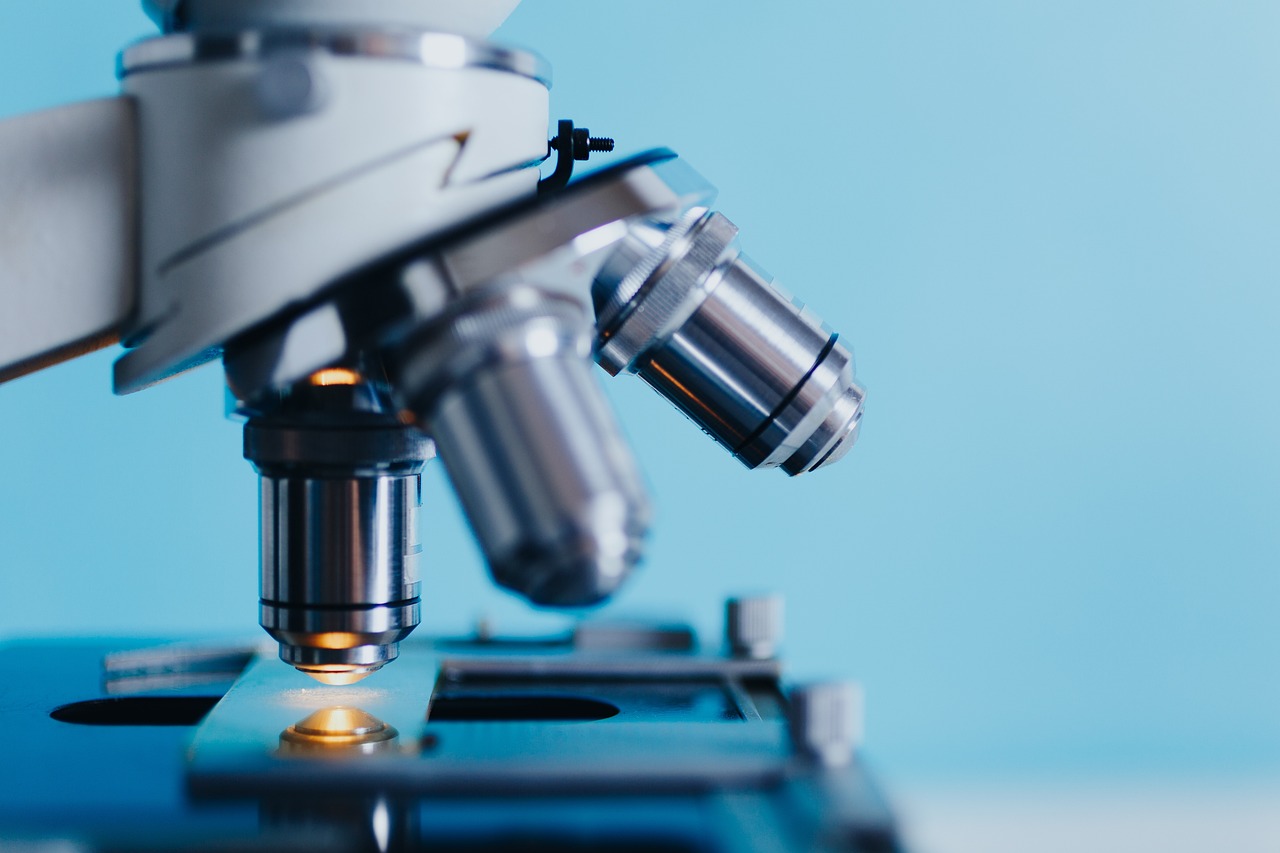
In addition to this, imaging tests are done in some cases. These include abdominal and pelvic radiographic imaging![]() or lower gastrointestinal endoscopy
or lower gastrointestinal endoscopy![]() . These investigations are used in patients who develop fulminant colitis or suspect alternative diagnoses. A colonoscopy
. These investigations are used in patients who develop fulminant colitis or suspect alternative diagnoses. A colonoscopy![]() is also of diagnostic value for C. diff infection. A thorough colonoscopy can detect many factors and be a marker of severe disease, which cannot be seen with simple lab tests.
is also of diagnostic value for C. diff infection. A thorough colonoscopy can detect many factors and be a marker of severe disease, which cannot be seen with simple lab tests.
Additional tests can provide evidence to confirm the diagnosis and are valuable in assessing disease severity and complications. Other diseases with similar symptoms should also be considered in the diagnosis. Further tests may be necessary when the stool test does not show the presence of C. diff bacteria. C.difficile infections can have a similar course to diseases such as:
Crohn's disease is also an infection related to the intestines. Inflammatory infiltrates are present on the intestinal wall, and ulcerations occur in the intestinal mucosa. Crohn's disease causes abdominal pain, severe diarrhea, rectal bleeding, and malnutrition. This group of symptoms can resemble C. diff infections. Throughout the disease, Crohn's disease patients often require surgical intervention due to intestinal complications, so appropriate diagnosis is critical. The diagnosis of Crohn's disease is more complicated. The diagnosis is based on the results of the endoscopic, laboratory, radiological, and histopathological examinations.
Irritable bowel syndrome is a chronic functional disease of the digestive system. It is difficult to determine precisely the condition's unequivocal cause. One of the most common causes is psychological disorders, indicating a psychosomatic basis for the disease. The disease is characterized by chronic abdominal pain, bloating, constipation, or diarrhea. Often, there are also different symptoms, such as feelings of incomplete bowel movements or watery stools. Therefore, the course of IBS also resembles bacterial infections of the intestine. The absence of bacteria in stool findings may indicate IBS, especially if no different cause is detected. In such cases, it may be necessary to include psychotherapy in the treatment.
Salmonella can also harm the human digestive system. Poisoning most often occurs after drinking water or eating food that contains Salmonella. The course of the disease is characterized by diarrhea of various types, nausea, abdominal pain, and fever. The disease picture is also reminiscent of C. diff infections, so fecal examination is critical in diagnosis. Isolating the bacteria causing the symptoms is then crucial. Lab tests are sufficient to distinguish between the two diseases.

Treatment of cases of C. diff infection requires a multi-step approach and caution. In mild cases, treatment first involves discontinuing the antibiotic that caused the symptoms. Further treatment steps include isolation of the patient to prevent bacteria from spreading and appropriate therapy. If diarrhea occurs in hospital patients, sick patients should be moved to a separate unit to reduce contact with others. Healthcare workers should be provided with protective clothing and equipment to prevent the transmission of bacteria. Disinfection is also essential as long as the patient does not show symptoms.
Various types of antibiotics are administered for treatment, which vary according to the severity of the C.difficile infection. Antibiotic treatment should last up to 10 days. Brief antibiotic therapy can dramatically reduce the number of pathogens and affects the gut microbiota. Therefore, a complete comeback in patients can take several months. During this period, patients do not have a protective barrier, which is why relapses often occur.
In addition to antibiotic therapy, different therapeutic methods are used for C. diff infection. Intestinal lavage, or hydrocolonotherapy, is sometimes used. The procedure involves flushing the lumen of the large intestine with warm water, which flushes out lingering and hardened fecal masses and aids the body's process of cleansing toxins. The infusion of pressurized water takes place through the anus. The method is hygienic and painless.
Recurrences characterize Diarrheal C.difficile infections. In cases of recurrence, where antibiotics are insufficient, specialized treatments must be brought in. Such methods include fecal microbiota transplantation (FMT). The technique is highly effective in reducing recurrent C.difficile infections. The results of FMT are effective because an abnormal gut microflora is considered a critical factor in developing C.difficile infections.
C. Diff stands for the bacterium Clostridioides difficile, which causes intestinal infections. The cause of the infection is most often attributed to various types of antibiotics, the intake of which disrupts the natural bacterial flora of the gastrointestinal tract. The main symptom of Clostridium difficile infection is watery diarrhea. In addition, there are additional symptoms such as abdominal pain and fever.
Symptoms can vary in severity, with severe cases leading to serious complications. Laboratory tests to isolate bacterial strains from feces are the basis for diagnosis. Treatment may include antibiotic therapy and various additional treatments. Clostridioides difficile infections are prevalent in hospital environments, so healthcare workers need to take special protective measures.
Table of Contents

Ileus is a medical condition that stops the passage of food through the digestive tract. What are its symptoms and… read more »

Diarrhea is usually a symptom of a gastrointestinal infection. It is characterized by excessive excretion of stool with a loose… read more »

Whether a person is affected by diverticulosis or diverticulitis depends if diverticula – small pouches in the lining of the… read more »
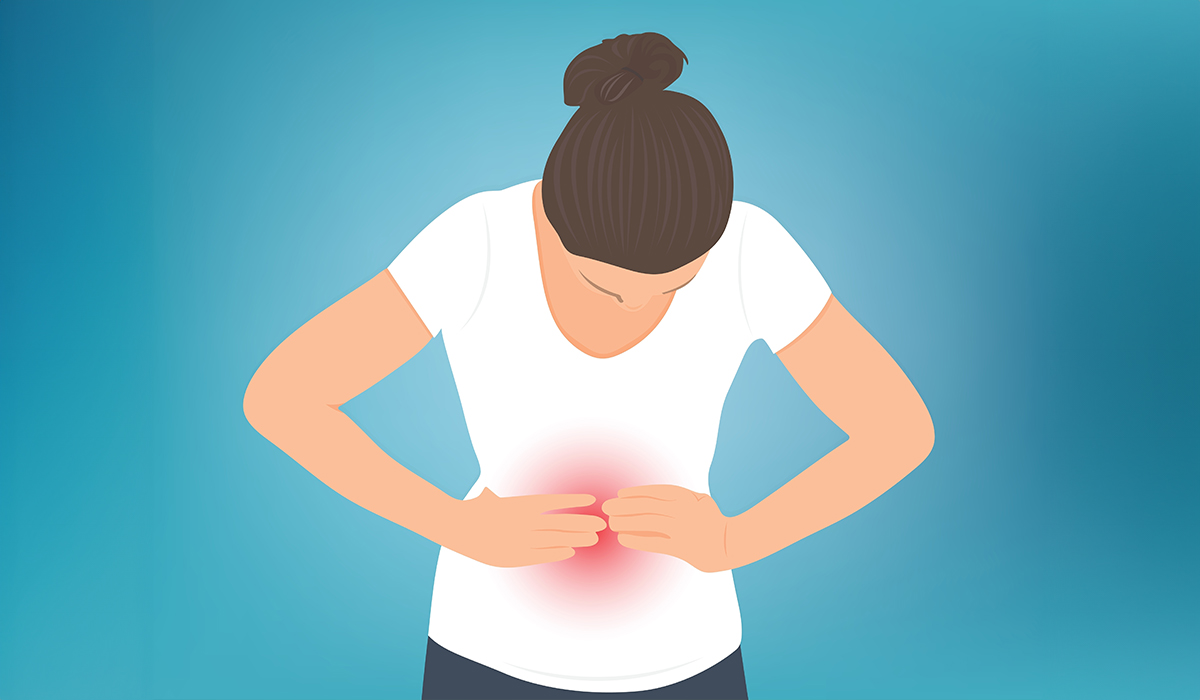
Abdominal pain refers to discomfort or pain felt anywhere in the area between the chest and the pelvis, commonly known… read more »

Flatulence is the excessive accumulation and release of gases. See what are the causes of this condition. What to do… read more »
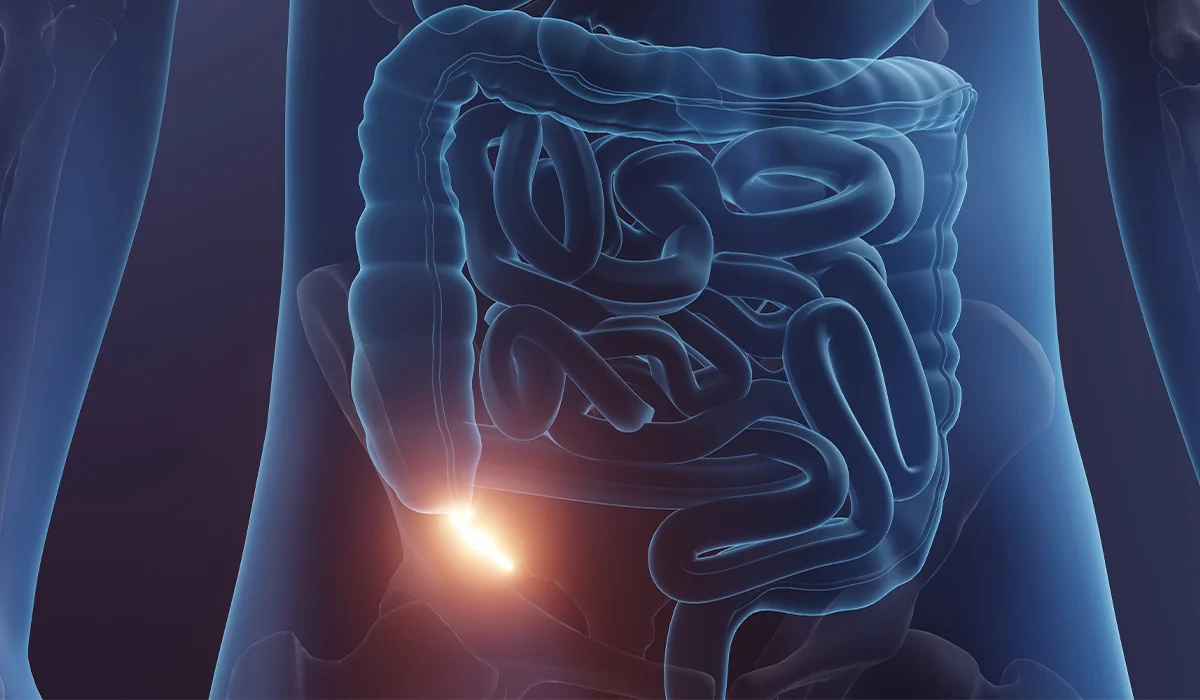
Appendicitis has various forms. Most often it appears as an acute inflammation requiring immediate medical intervention. Learn the most important… read more »
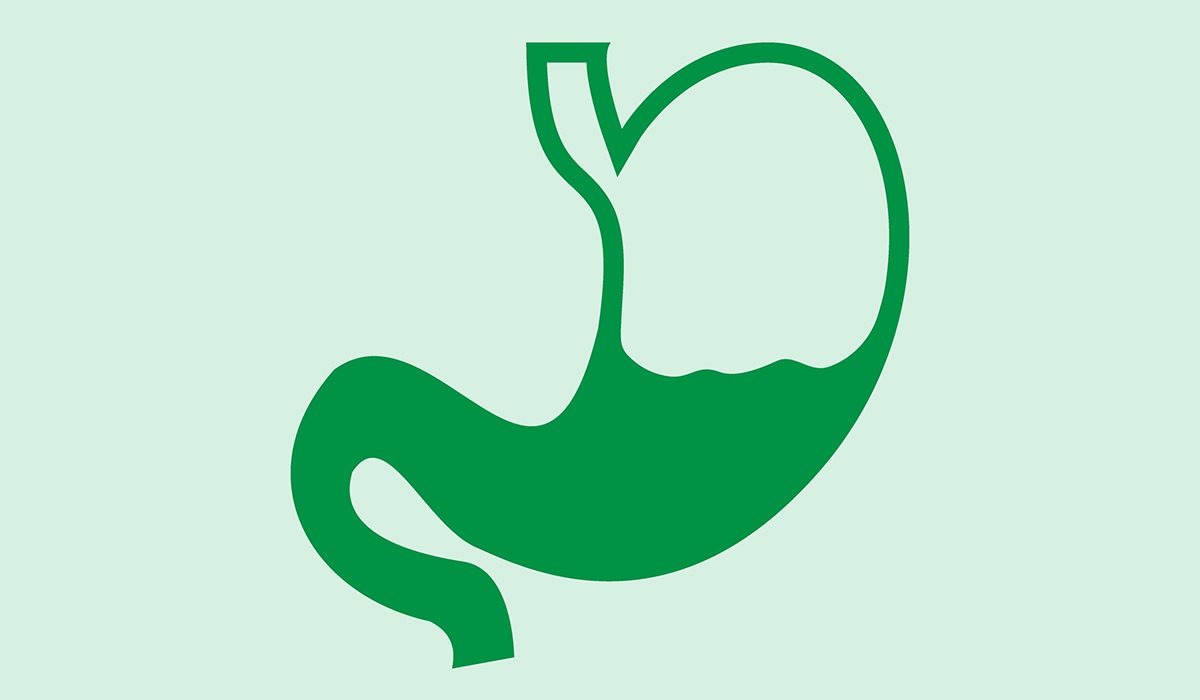
Gastroparesis is a disorder of the motility of the stomach. The disease causes many unpleasant symptoms. Find out how to… read more »

A gastroenterologist deals with the diagnosis and treatment of diseases of the human digestive system. What does a visit to… read more »

Salmonella bacteria infect both humans and animals. They can be found mainly in poultry but also in the meat of… read more »